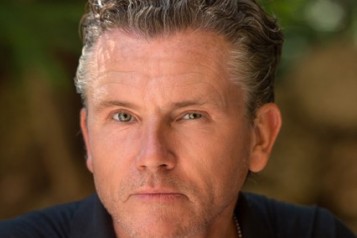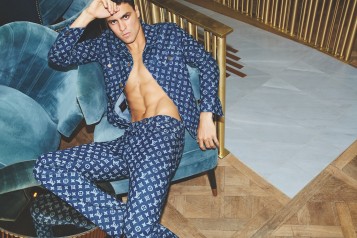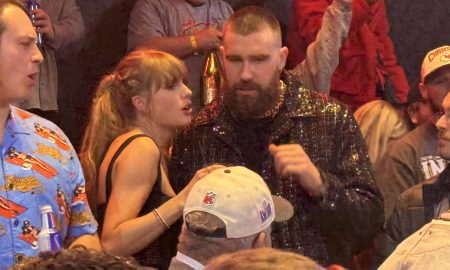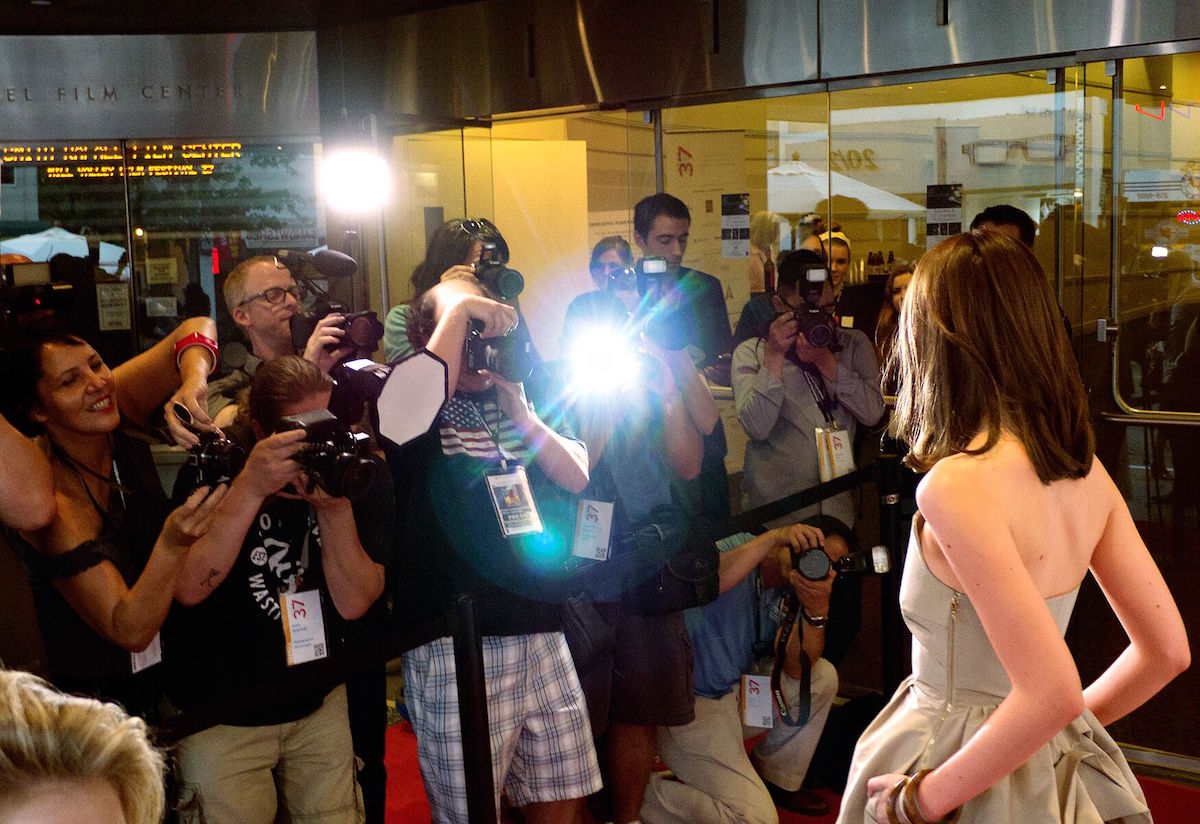
How does a festival stay relevant? Especially in an industry that has changed dramatically over the past 40 years? To answer these questions one need look no further than across the bridge to Mill Valley where Mark Fishkin has been putting on the Mill Valley Film Festival (MVFF) since 1977. Fishkin explains that the festival has had a clear purpose since the beginning: to provide a venue for films that incite discussion; essentially to support and celebrate quality films.
“What it comes down to is our mission—to sustain the art of filmmaking—and we keep coming back to that,” Fishkin recently told Haute Living in a telephone conversation. “That has become the heart and soul of everything we do.” Being ahead of the curve, aware of the social, economic, and political issues of the time, and staying rooted to the local community have kept the festival from growing stale and allowed it to flourish.
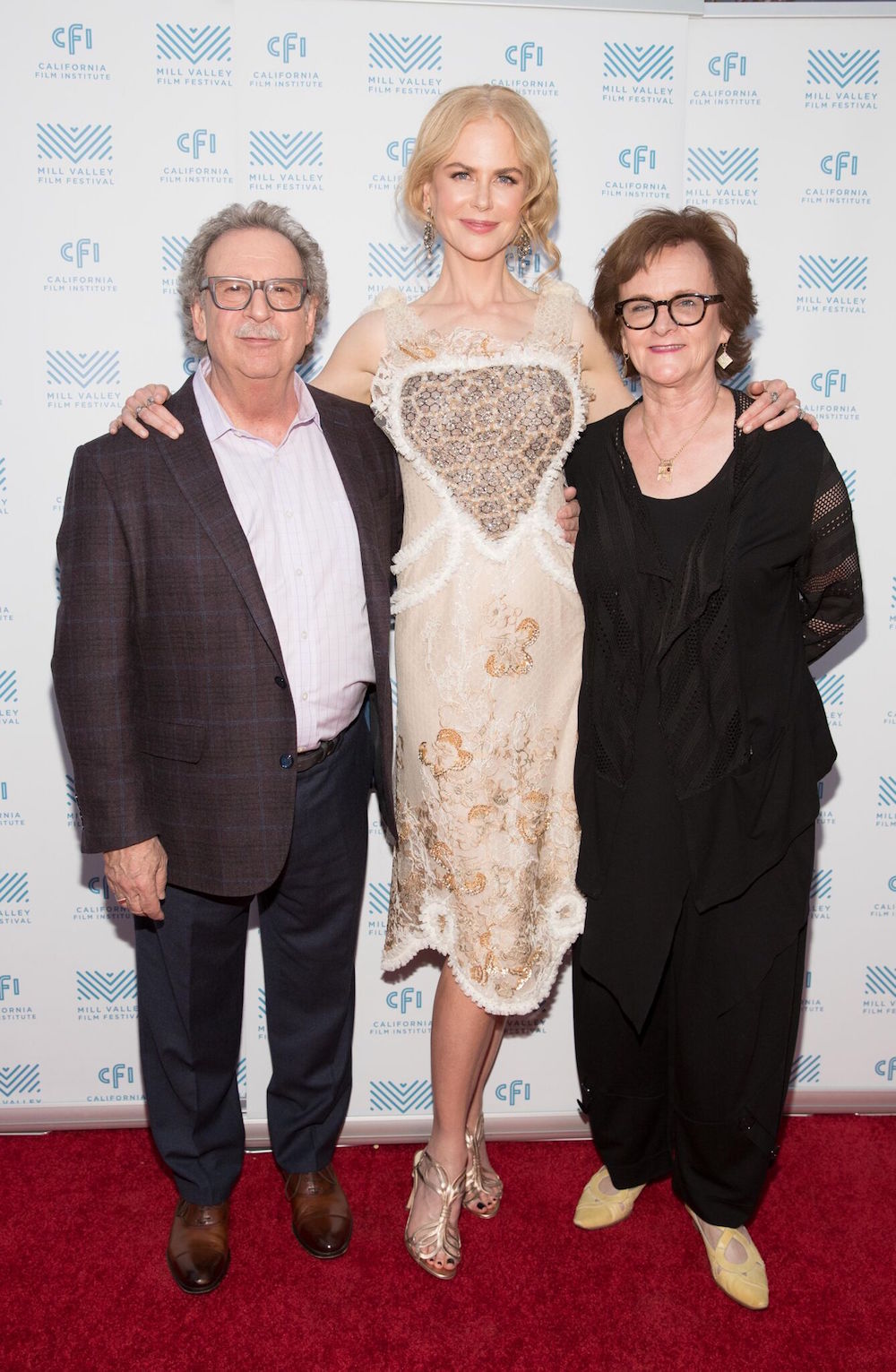
Photo Credit: Drew Altizer
Although it might not be as star-studded as Sundance or Cannes, the MVFF has its own type of cachet. Fishkin recounts being in a hotel elevator at the Venice Film Festival several years ago: “I’m talking to the director of the Venice Film Festival about our theater. Then he goes, ‘oh I know your theater. I know about your festival. There isn’t a filmmaker who comes to Venice who doesn’t talk about it.’ ” And for good reason. MVFF is both a destination and an urban festival. Many of the screenings take place at the Sequoia Theater, a movie house that dates back to 1929. The Christopher B. Smith Rafael Film Center, first built in 1938, is another venue for the festival.
The size of these theaters and others in Marin County ensure that the MVFF remains intimate. There are only so many seats for every film screening—thus, tickets to each movie are a hot commodity. Throw in the possibility of seeing your favorite celebrity—everyone from Dustin Hoffman and Glenn Close to Nicole Kidman and Amy Adams have participated in pre-or-post film panel discussions—and you’ve got the makings for a memorable and successful yearly event.

Glancing back, Fishkin says he wasn’t trying to build something spectacular. He was merely filling a void in the area. “I was looking around for something else to supplement my income. I observed Mill Valley, and I saw a need and an opportunity. There were very few independent, foreign-language, and documentaries playing anywhere in the Bay area. Mill Valley was the perfect place to be the catalyst to show the kinds of films that I loved, that was part of my history, and so I decided to do this while I was going to pursue my writing career.”
Having witnessed the first year of the Telluride Film Festival, Fishkin knew how to organize this type of event. The first film festival was just three days (versus the now 11-day long extravaganza), and it was an instant success. “I was driving to my office on the Monday after the festival and a DJ on the radio said, ‘You know folks there was an event this weekend, the Mill Valley Film Festival and if you missed it you missed something extraordinary.’ I felt perfect for 15 minutes,” Fishkin reminisces. “It’s not my nature to dwell on success too much. I gave myself 15 minutes of satisfaction and then, of course, it was, well, what do we do next?”
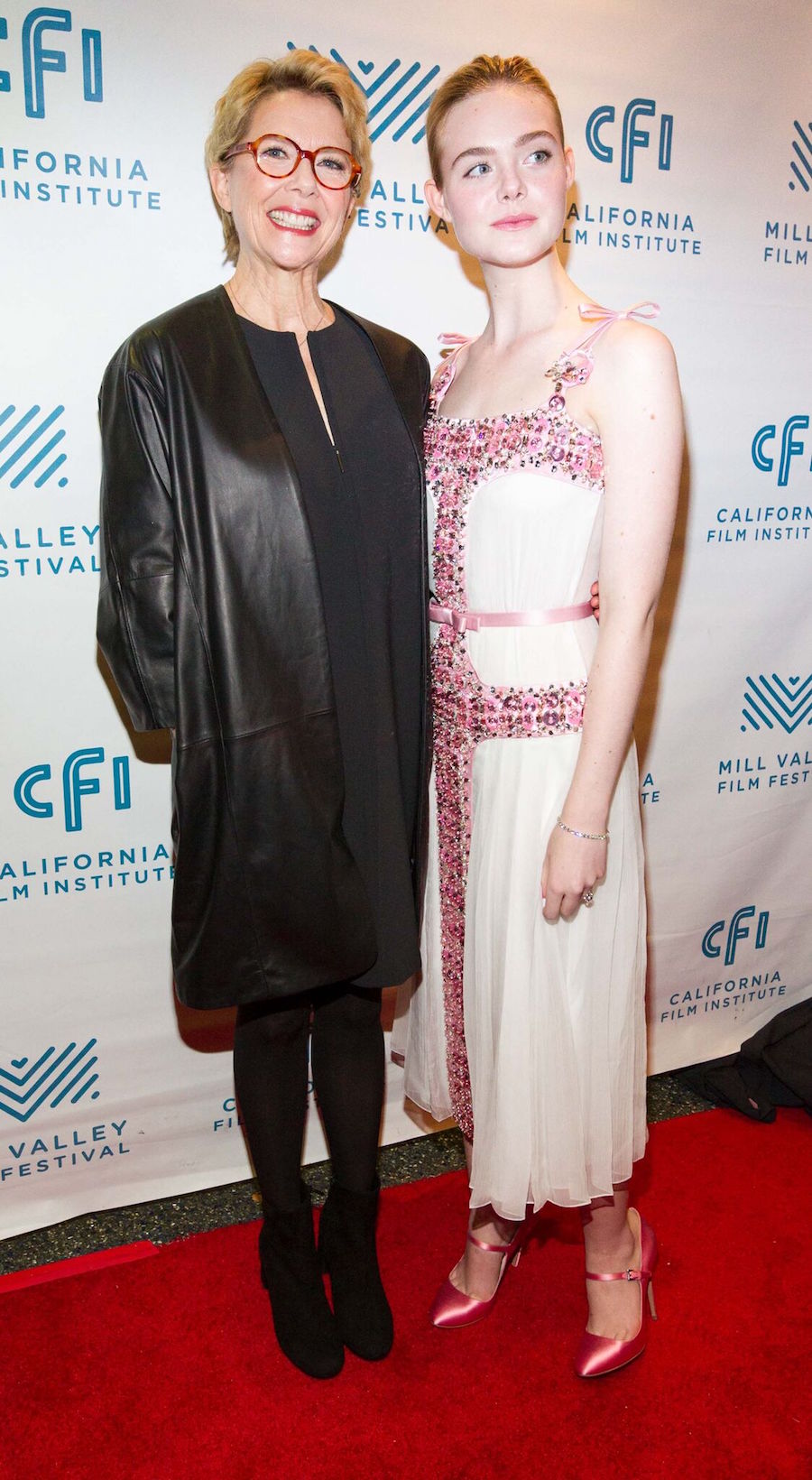
Photo Credit: Drew Altizer
Fishkin and his team built on the festival’s “professional but unpretentious” vibe and sought out films that they could not find elsewhere. Long before the #MeToo movement, Zoë Elton, MVFF’s director of programming, noticed a lack of equality in the films that were showing at the festival. She launched Mind the Gap, a gender equality initiative in 2014 pledging to showcase films directed by equal amounts of men and women by the year 2020.
“When we started this organization there were very few men working here. I come from a family of two sisters, five nieces, two daughters, one female cat, dog, and rabbit, so I was surrounded by women all the time,” Fishkin says. “Concerning the kinds of directors that we supported early on, we always had a very high percentage of females. Because we show international films and documentaries, that percentage is even higher.” A day at this year’s festival is devoted to discussions that mind the gap between men and women.
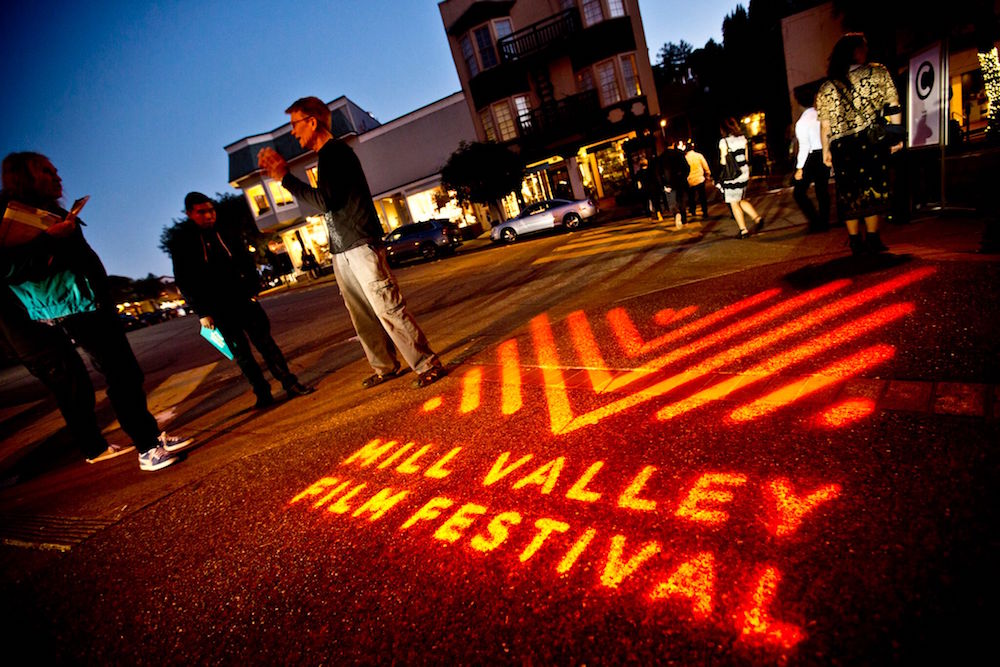
Photo Credit: Drew Altizer
The curated selection of films that play has an underlying theme: they are meant to explore the world and its issues while engaging audiences and transforming ideas into action. Active cinema, movies that call for change, and Spanish-language films are prominent and conversation-starting topics. Other film types include documentaries, films made by emerging independent talent and international directors, shorts, family films, and movies inspired by music.
At this year’s festival, which takes place October 4-14, 2018, two of Hollywood’s hottest young actresses will appear in conjunction with their films. Rosamund Pike’s A Private War is the opening night film and Carey Mulligan’s Wildfire debuts on the second day of programming.
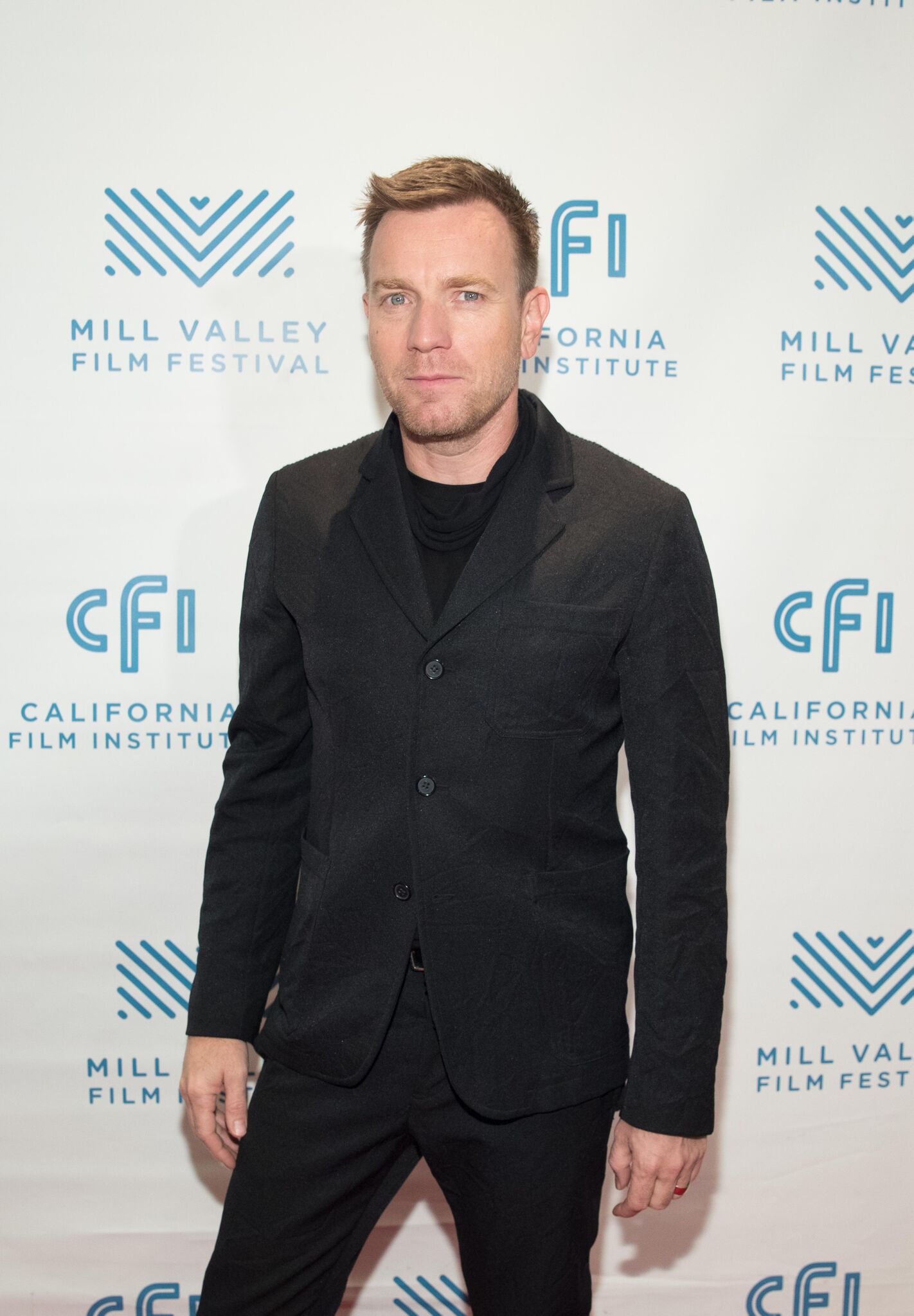
Photo Credit: Drew Altizer
More than 70,000 people are expected to descend on Mill Valley for the 10-day event, and 3,000 attendees will be local students. “Thousands of students will come in through curated programs in the morning. There will be speakers and directors, and we look at each film as an educational tool,” Fishkin says. He hopes to inspire local children and teens to understand the history of filmmaking. “We want them to get involved and understand both the art of filmmaking, the craft of filmmaking, and the business side of filmmaking. You can break the rules, but you need to know the rules before you break them.”
Fishkin notes that good films can come from anywhere and be made on every budget, but what has kept the MVFF relevant and current is its commitment to quality films that represent the Bay Area. “It’s really about making sure that there is diversity, and diversity in all senses of the word not just in gender, or race, or ethnicity, but regarding if it’s subtitled. Or maybe it has no recognizable names or it’s a documentary that’s not going to get a theatrical life. To bring these films to the attention of the public is our end goal.”
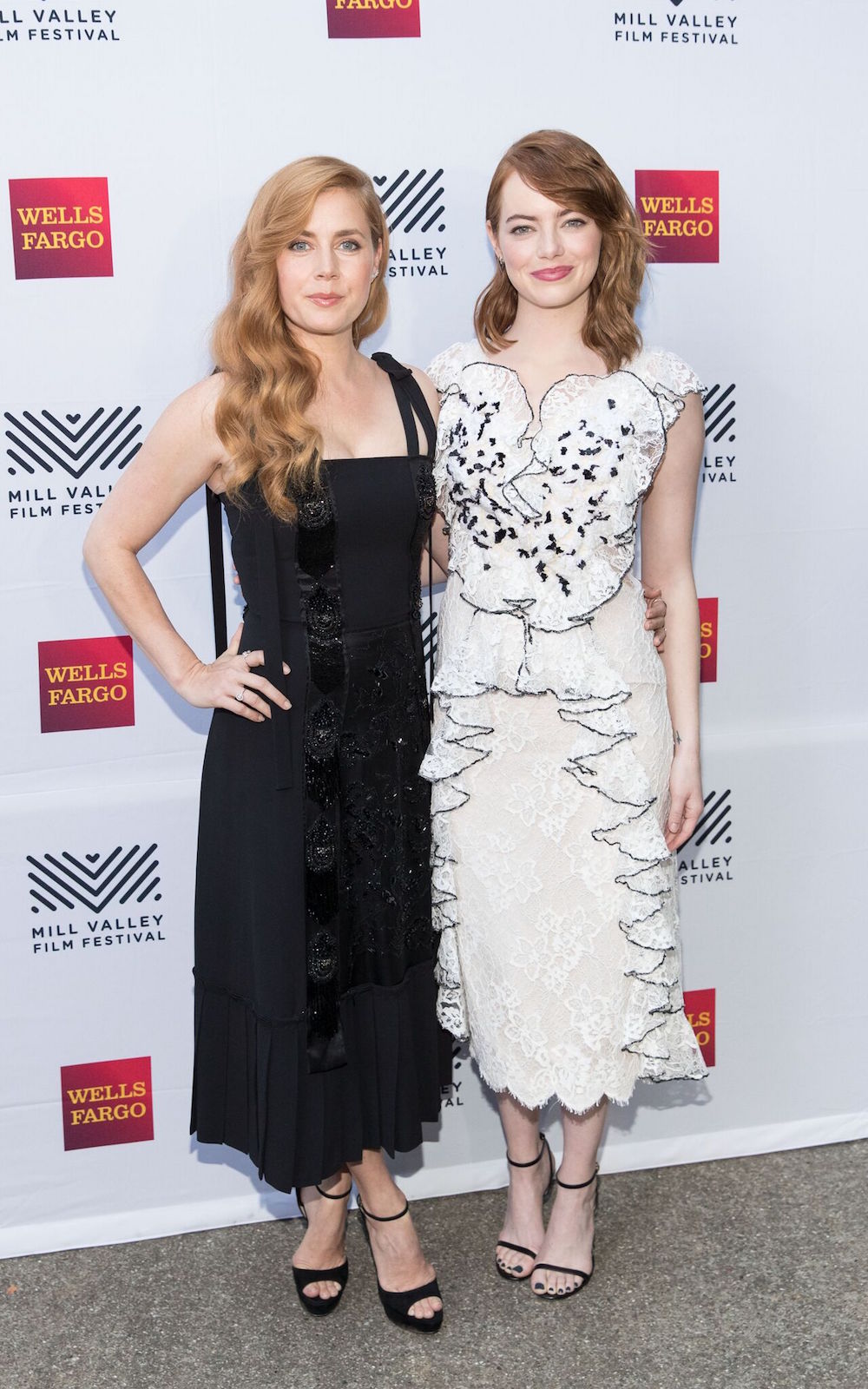
Photo Credit: Drew Altizer
Ultimately, the films are what keep people coming back for more each year, and Fishkin strives to provide movies that change peoples lives. He remembers a recent time when he was stopped on the street, “this gentleman came up to me and said, ‘the MVFF has changed my life. My wife and I have seen films that teach us subjects we knew nothing about. We’ve seen films that allow us to go somewhere. We’ve seen films that we talk about for hours. You’ve enriched our lives.’ It’s an amazing thing to see people react to the work that you do. I’m very fortunate that I do something that I love, but when you hear those kinds of things associated with the festival, it’s tremendously powerful.”
Additional images courtesy of Tommy Lau, M Starr, and Eddie Hernandez.







